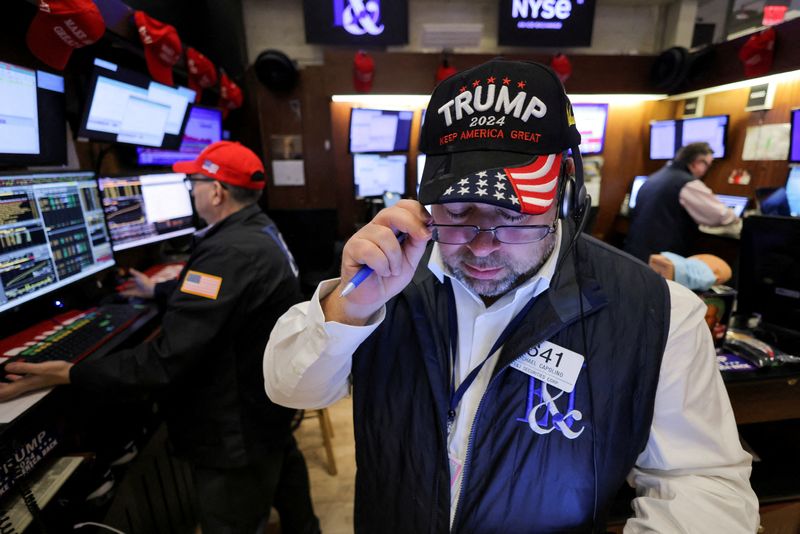Investing.com — In a report released Friday, Barclays (LON:BARC) strategists delved into the historical impact of unified Republican control of the US government on equity markets.
According to the firm’s analysis, there have been only four instances since 1949 where the GOP held the presidency and majorities in both the House and Senate. Despite the small sample size, these periods have reportedly been more favorable for equities compared to times when the White House was Republican but Congress was divided.
“We find that there is limited data to consider, with only 9 unique “trifecta” US election results since 1949,” Barclays notes. “Of those, 4 resulted in unified GOP government.”
Barclays highlighted that during the instances of unified GOP control, the S&P 500 experienced median returns that were approximately 750 basis points higher than when the Republican party controlled only the White House, with a split Congress.
The sectors that saw particularly strong performance included cyclicals such as financials and technology, as well as commodity-linked sectors.
In addition to sector performance, the study also examined the behavior of different market factors. Small-cap and high-volatility strategies were found to do well under a unified Republican government. On the other hand, strategies based on momentum and profitability factors showed lower median returns in comparison.
Donald Trump’s Republican Party is projected to hold control of both the House and Senate when he assumes the presidency in January, according to Edison Research on Wednesday.
This Republican majority, often referred to as a “Red Sweep,” is expected to give the Trump administration greater freedom to implement its economic agenda.
Key priorities such as tax reductions and tariffs could drive economic growth but also heighten concerns about inflation and the growing US budget deficit.
Anticipation of these policies has contributed to gains in certain areas of the stock market, strengthened the dollar, and pressured Treasuries as investors adjusted their portfolios in favor of stronger growth, eased regulations, and potential inflationary pressures that might limit the Fed’s ability to significantly cut rates next year.
Although some of these market trends have recently slowed, investors remain focused on assessing the long-term impact of Trump’s policies on markets and the economy, particularly under a scenario where Republicans control both houses of Congress.

